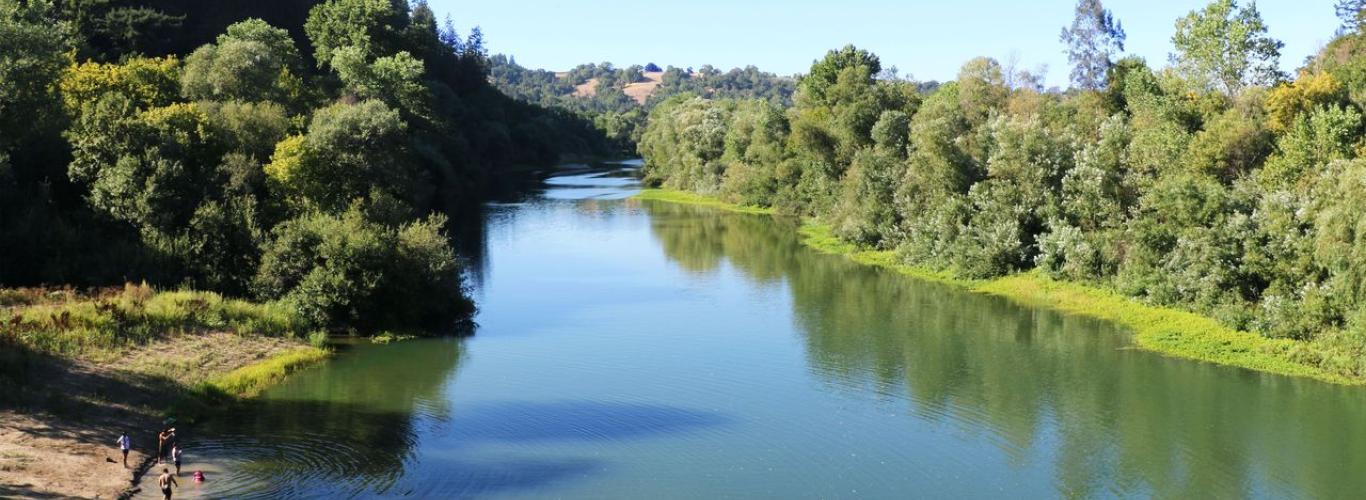Socio‐Hydrology of Channel Flows in Complex River Basins: Rivers, Canals, and Distributaries in Punjab, Pakistan
Dr. James L. Wescoat, Afreen Siddiqui, Dr. Abubakr Muhammad
This paper presents a socio‐hydrologic analysis of channel flows in Punjab province of the Indus River basin in Pakistan. The Indus has undergone profound transformations, from large‐scale canal irrigation in the mid‐nineteenth century to partition and development of the international river basin in the mid‐twentieth century, systems modeling in the late‐twentieth century, and new technologies for discharge measurement and data analytics in the early twenty‐first century. We address these processes through a socio‐hydrologic framework that couples historical geographic and analytical methods at three levels of flow in the Punjab. The first level assesses Indus River inflows analysis from its origins in 1922 to the present. The second level shows how river inflows translate into 10‐daily canal command deliveries that vary widely in their conformity with canal entitlements. The third level of analysis shows how new flow measurement technologies raise questions about the performance of established methods of water scheduling (warabandi) on local distributaries. We show how near real‐time measurement sheds light on the efficiency and transparency of surface water management. These local socio‐hydrologic changes have implications in turn for the larger scales of canal and river inflow management in complex river basins.





